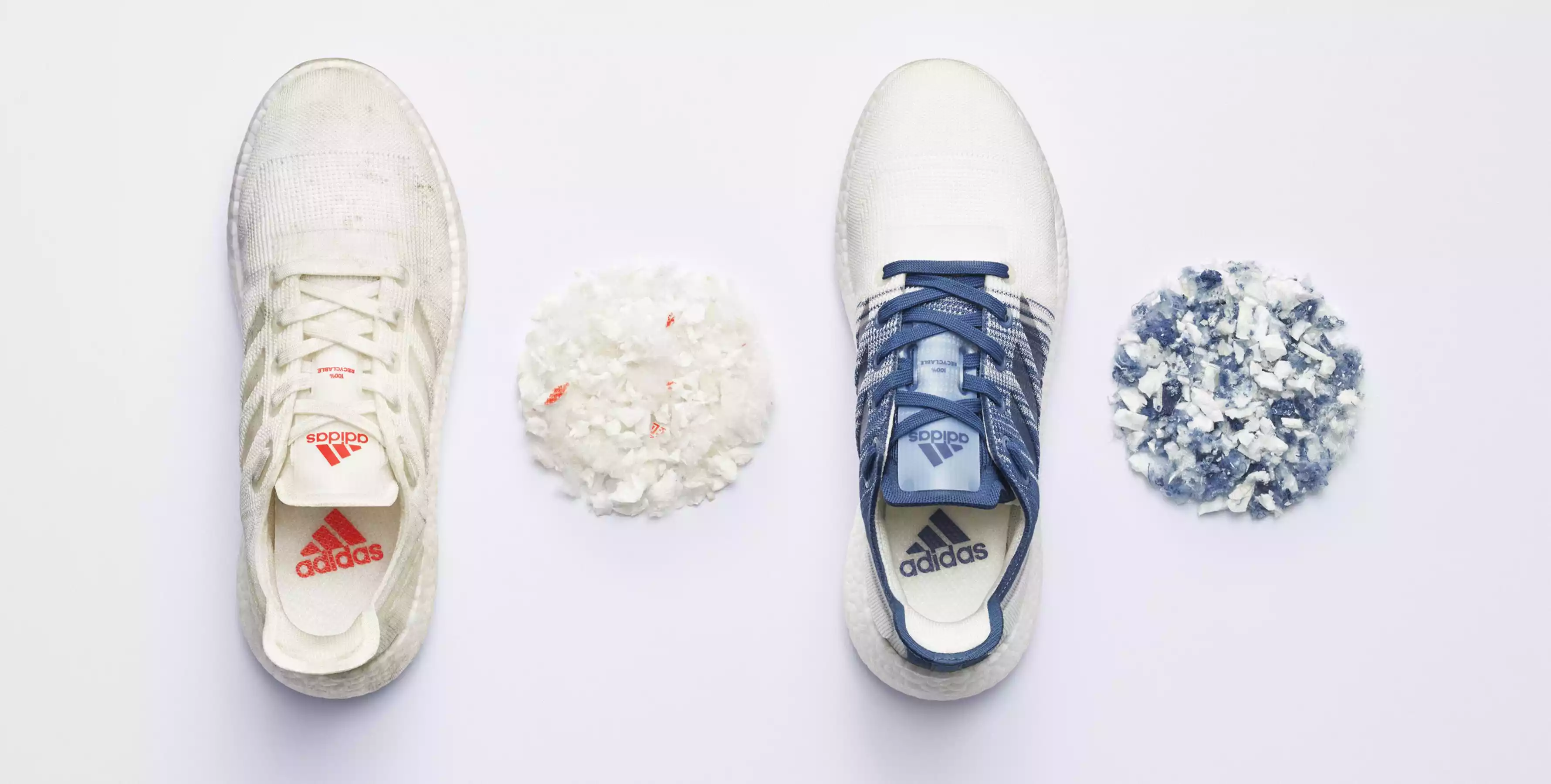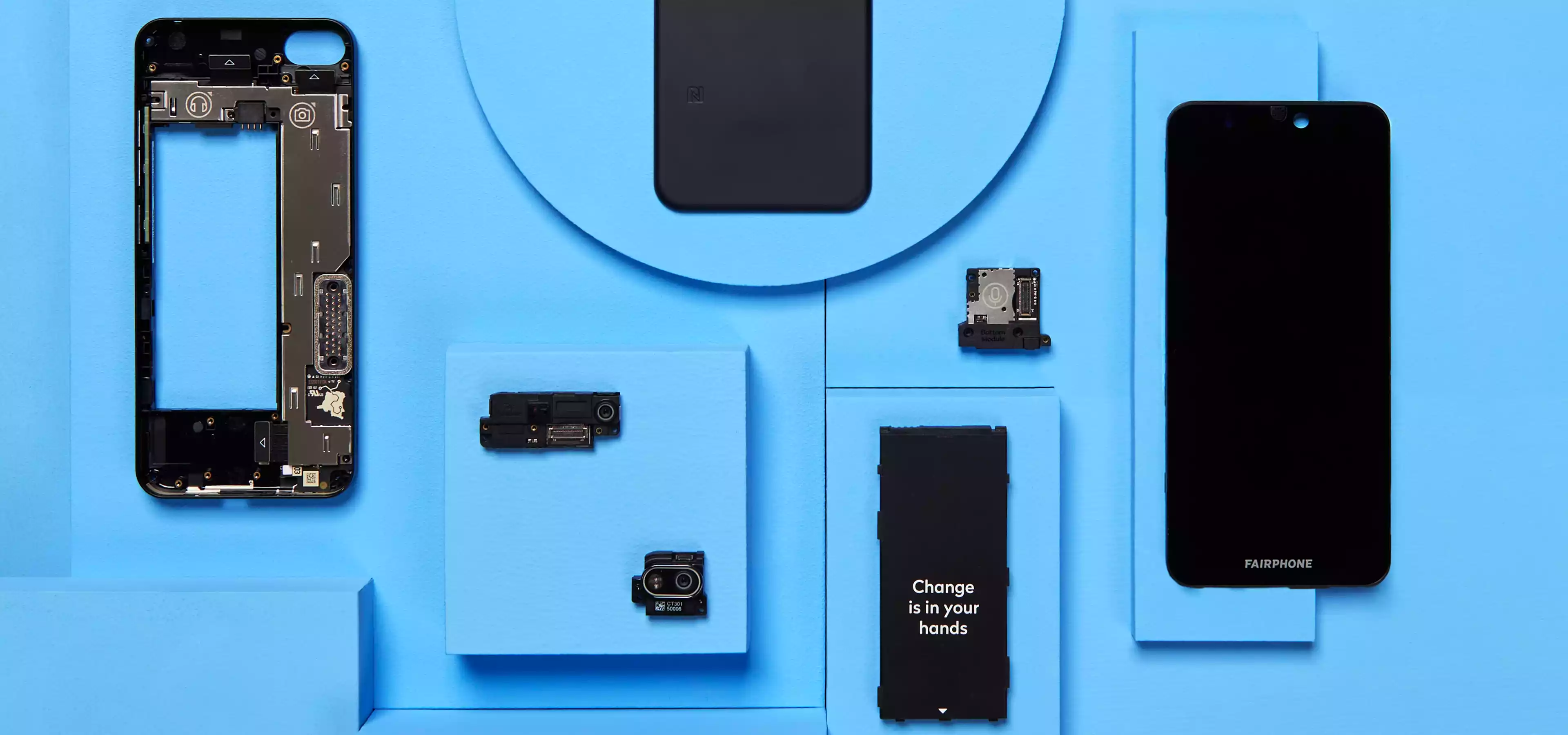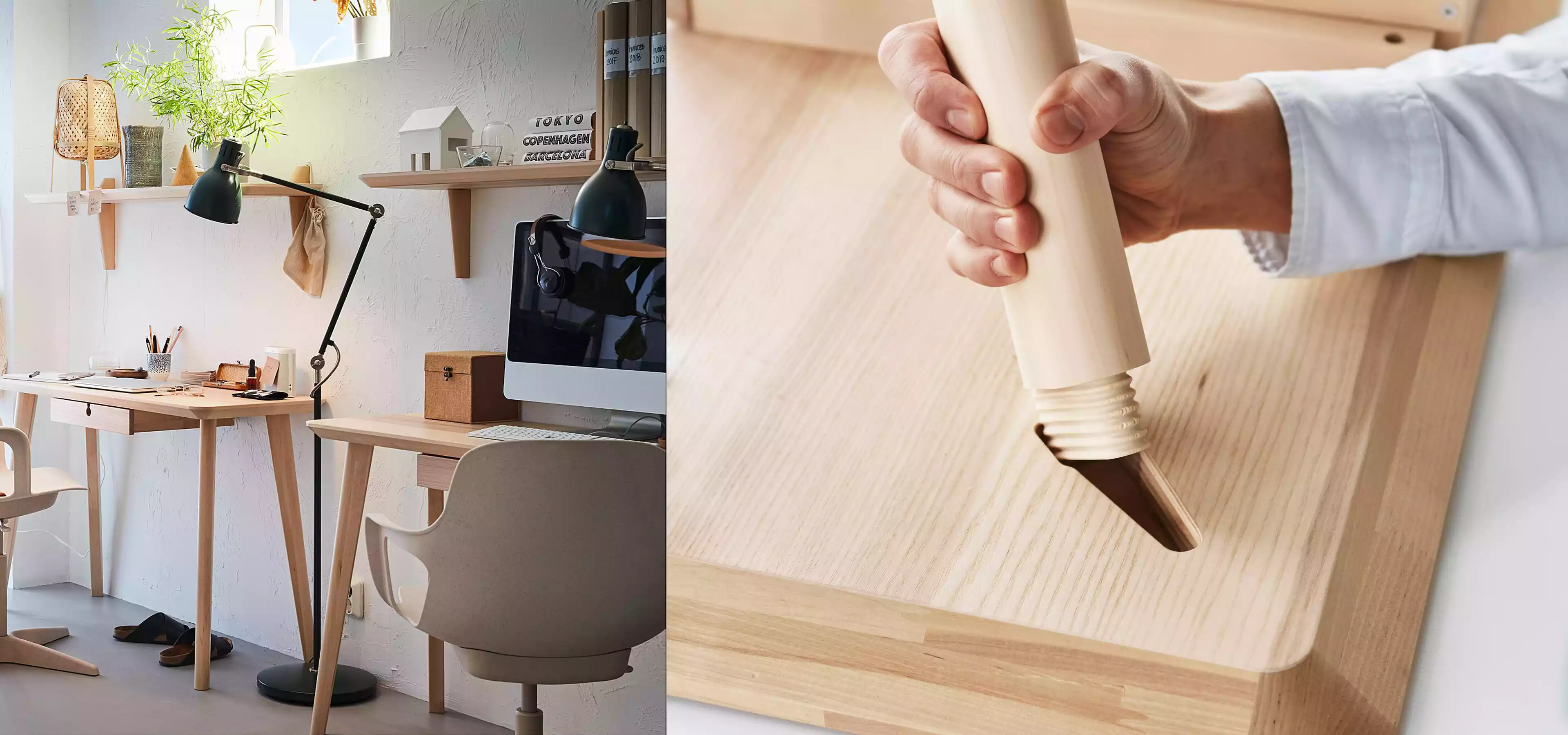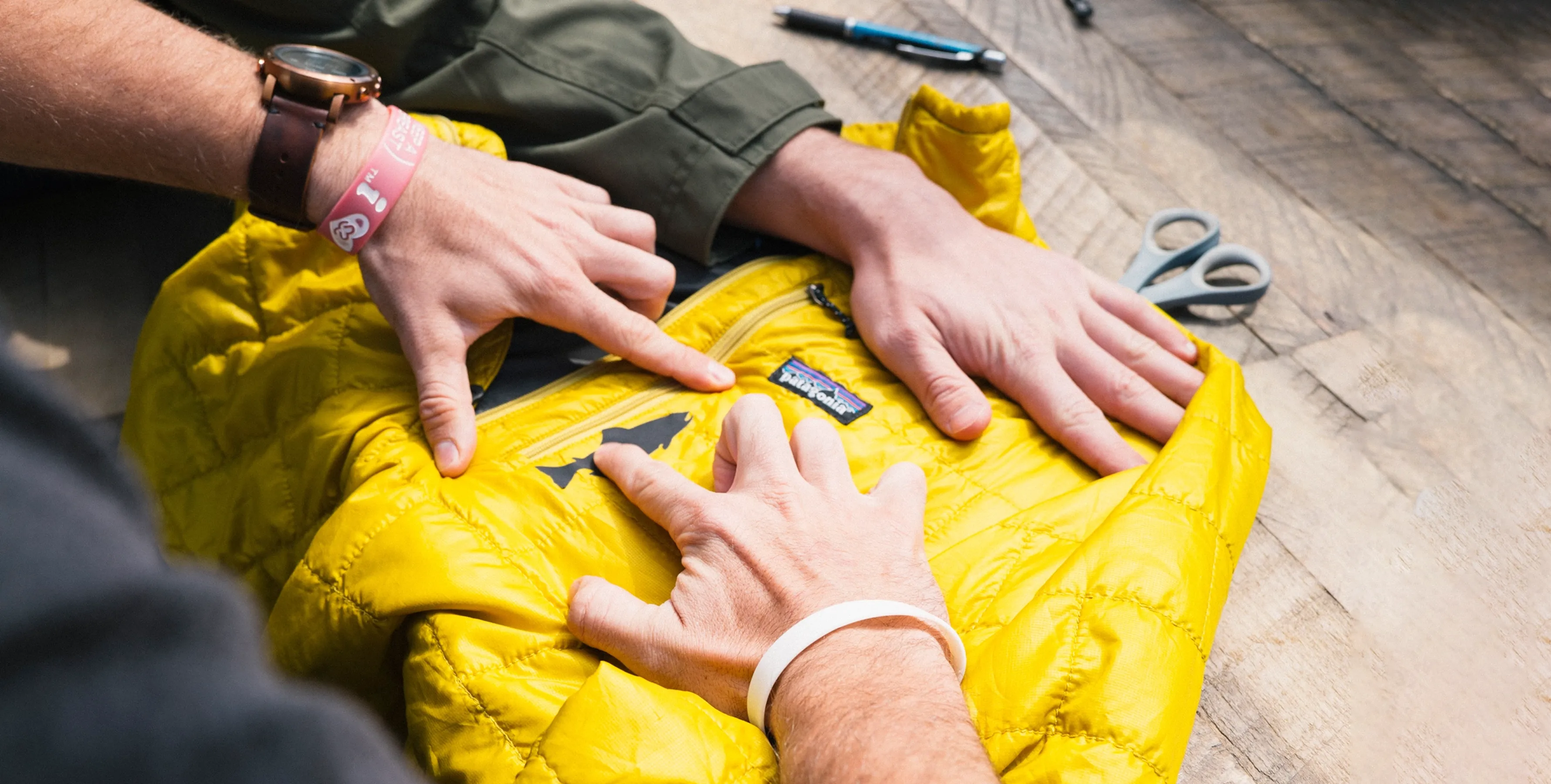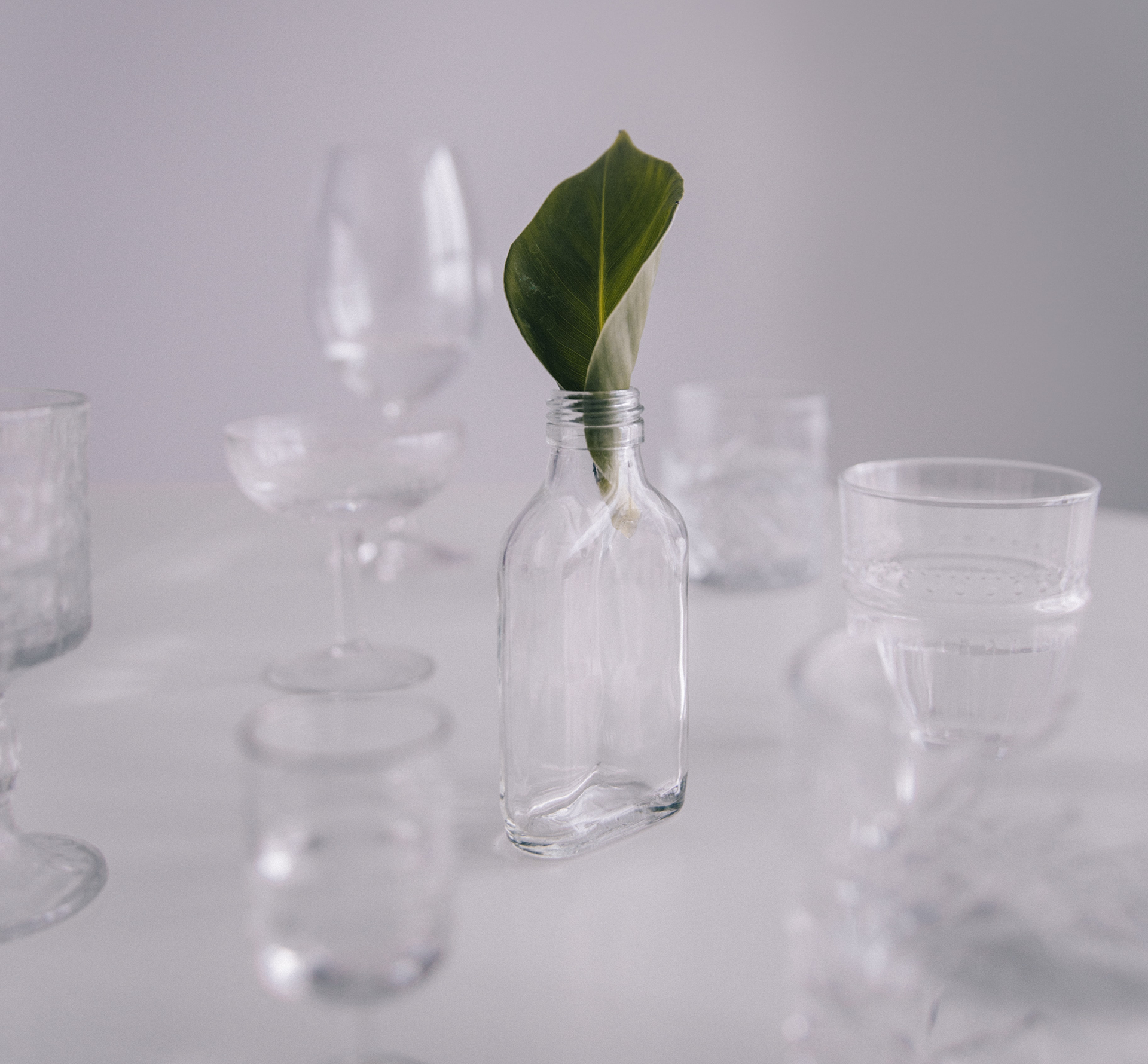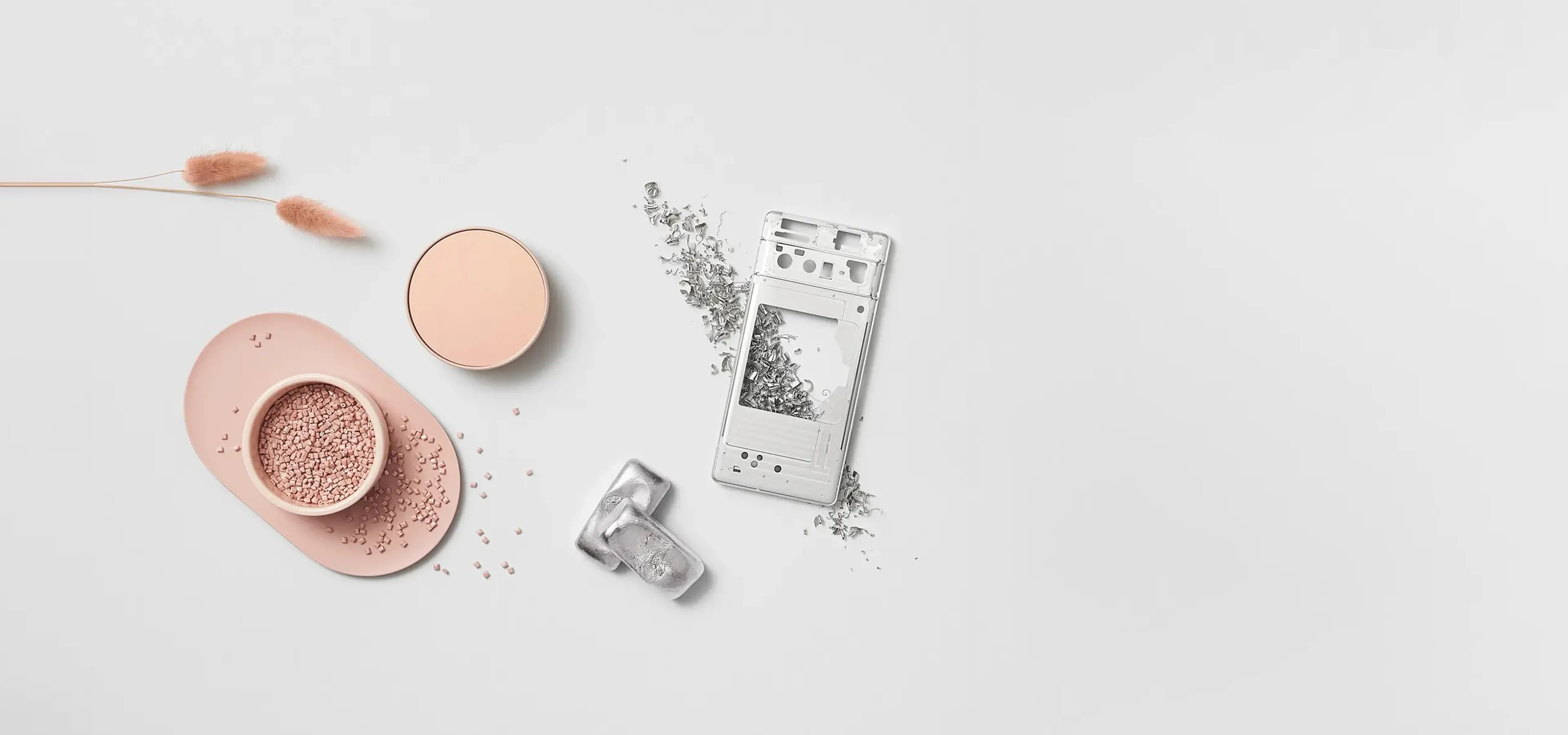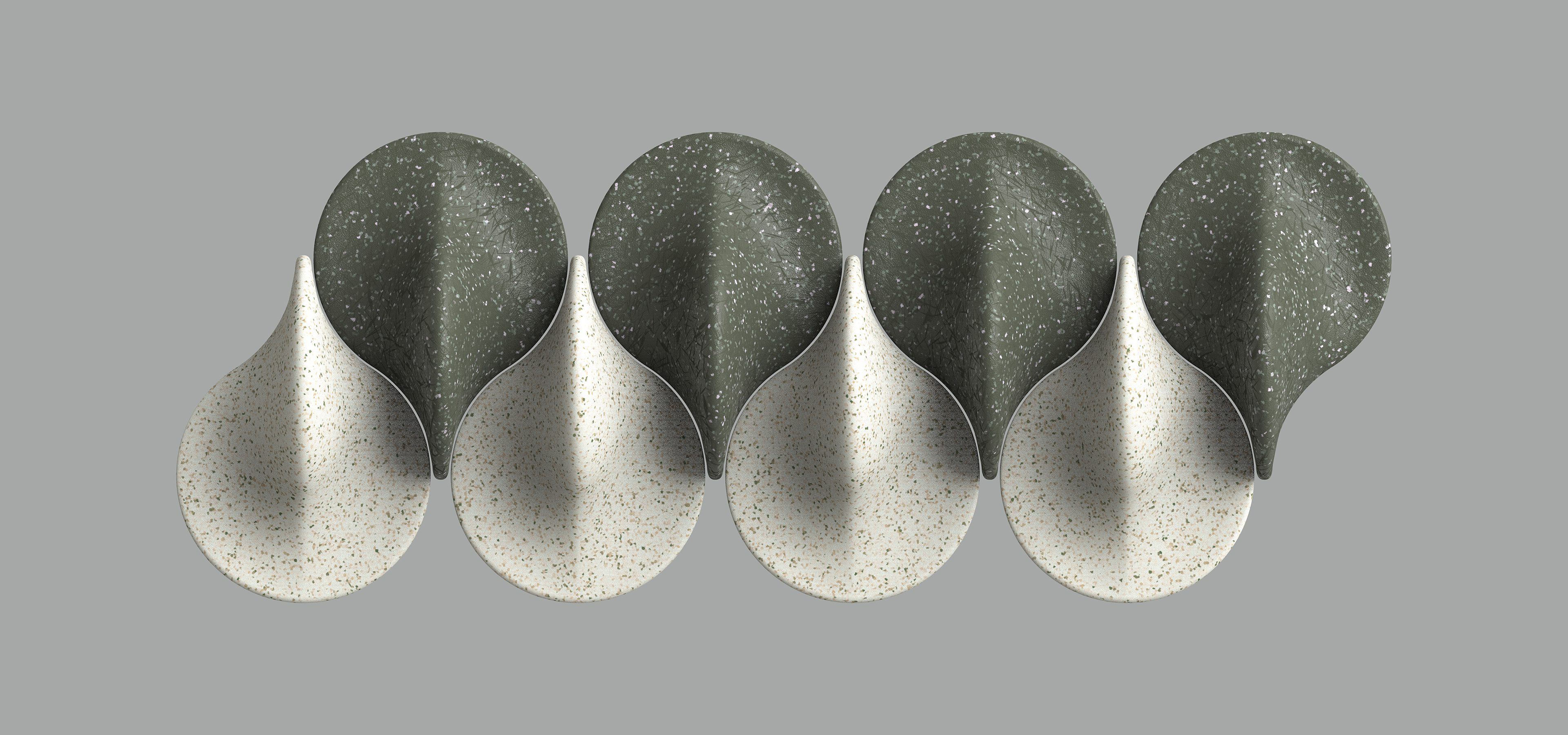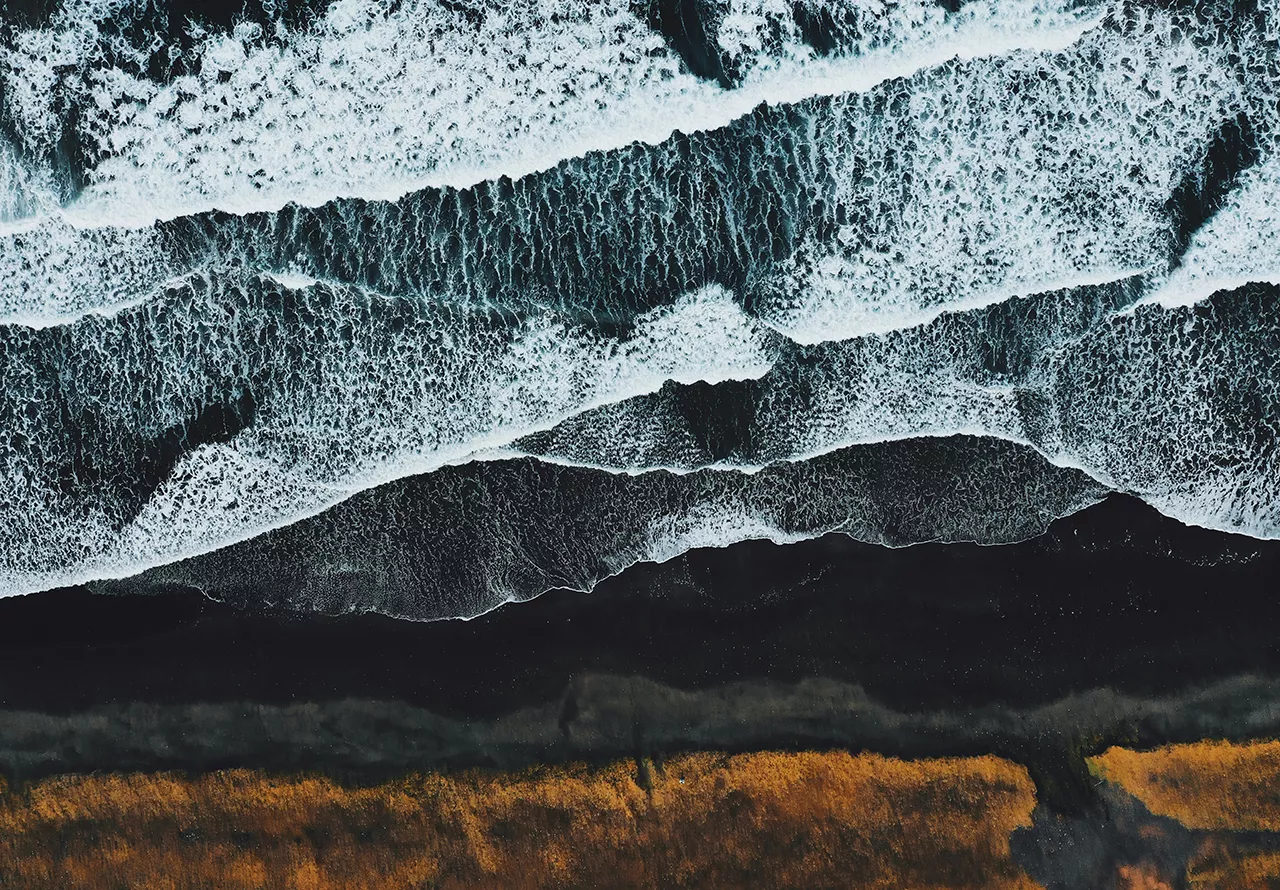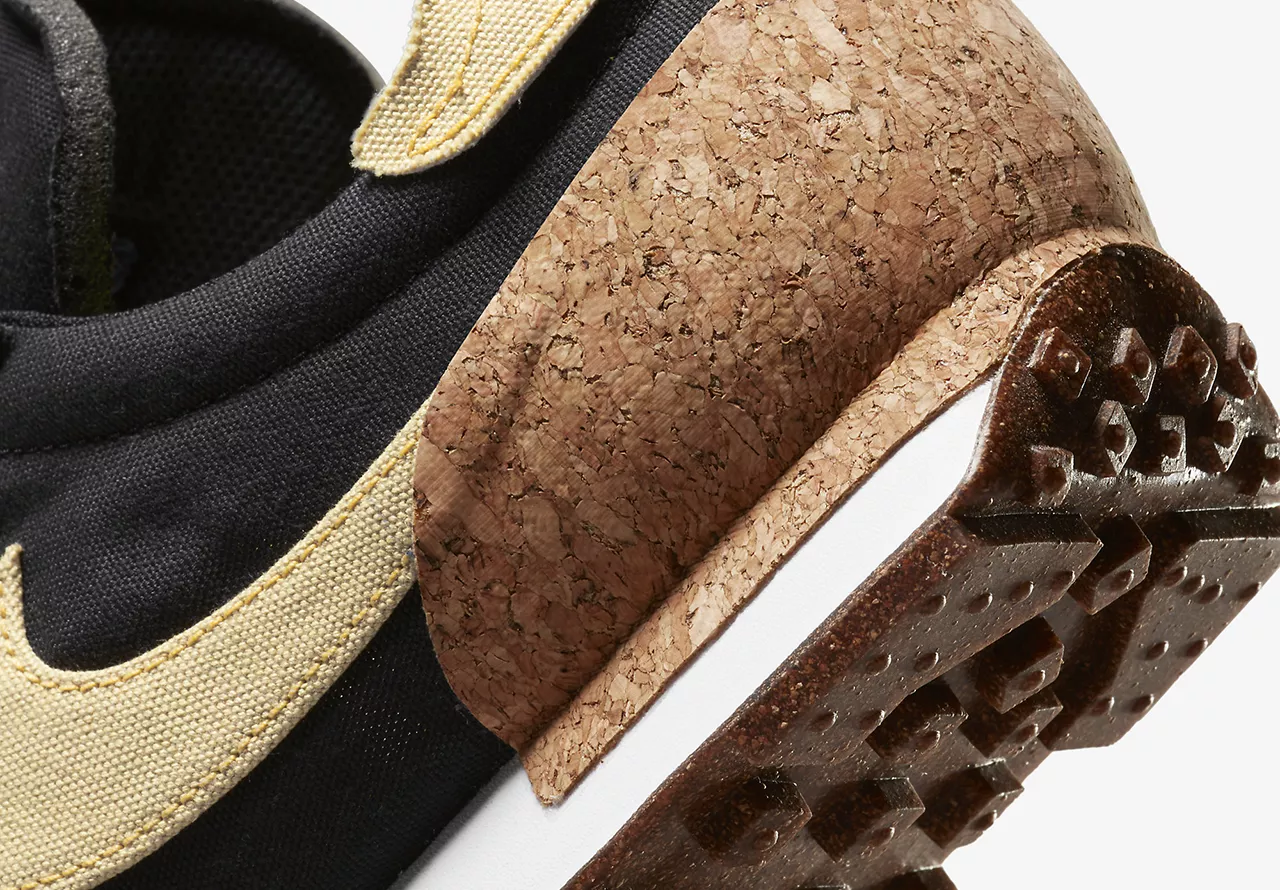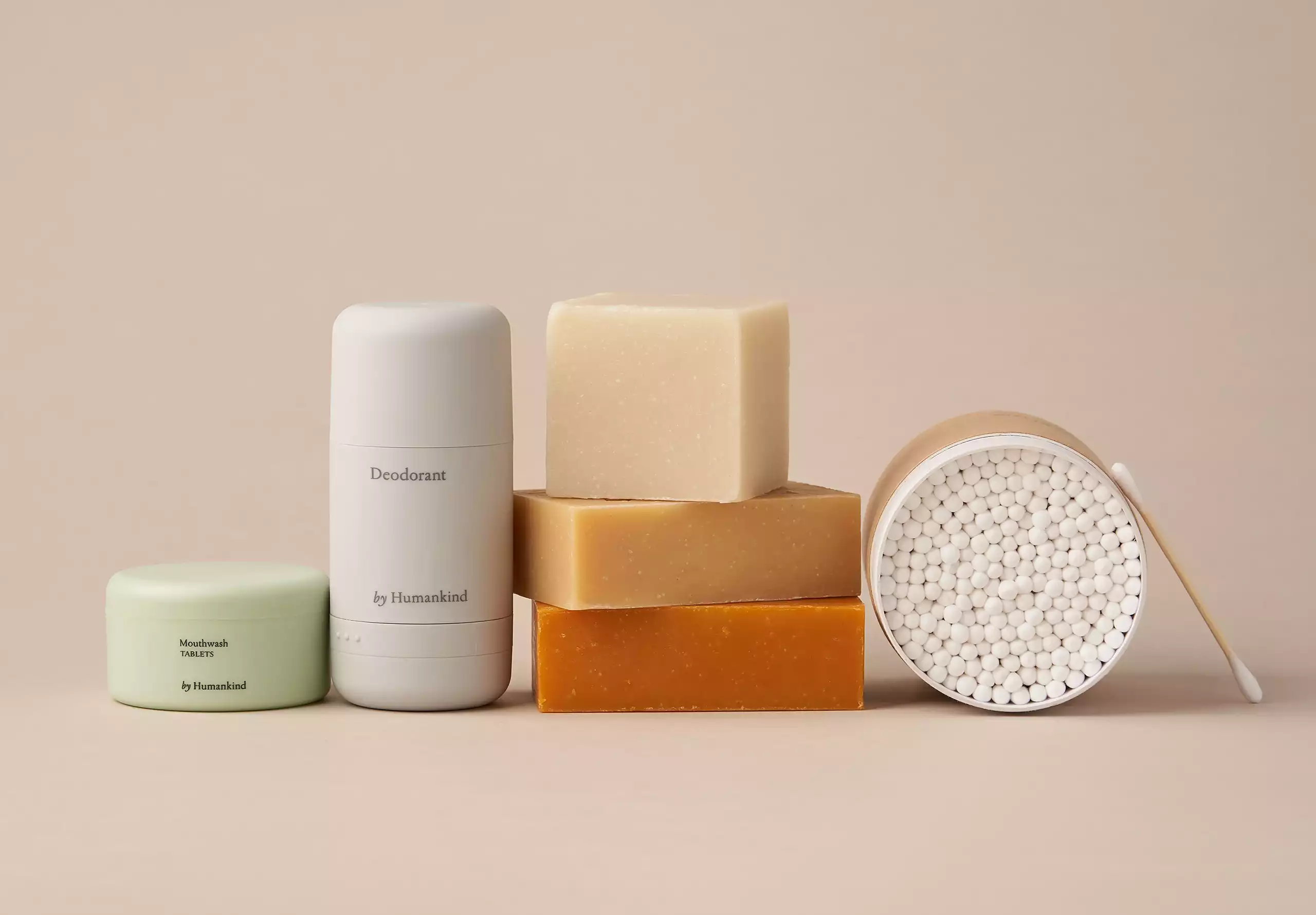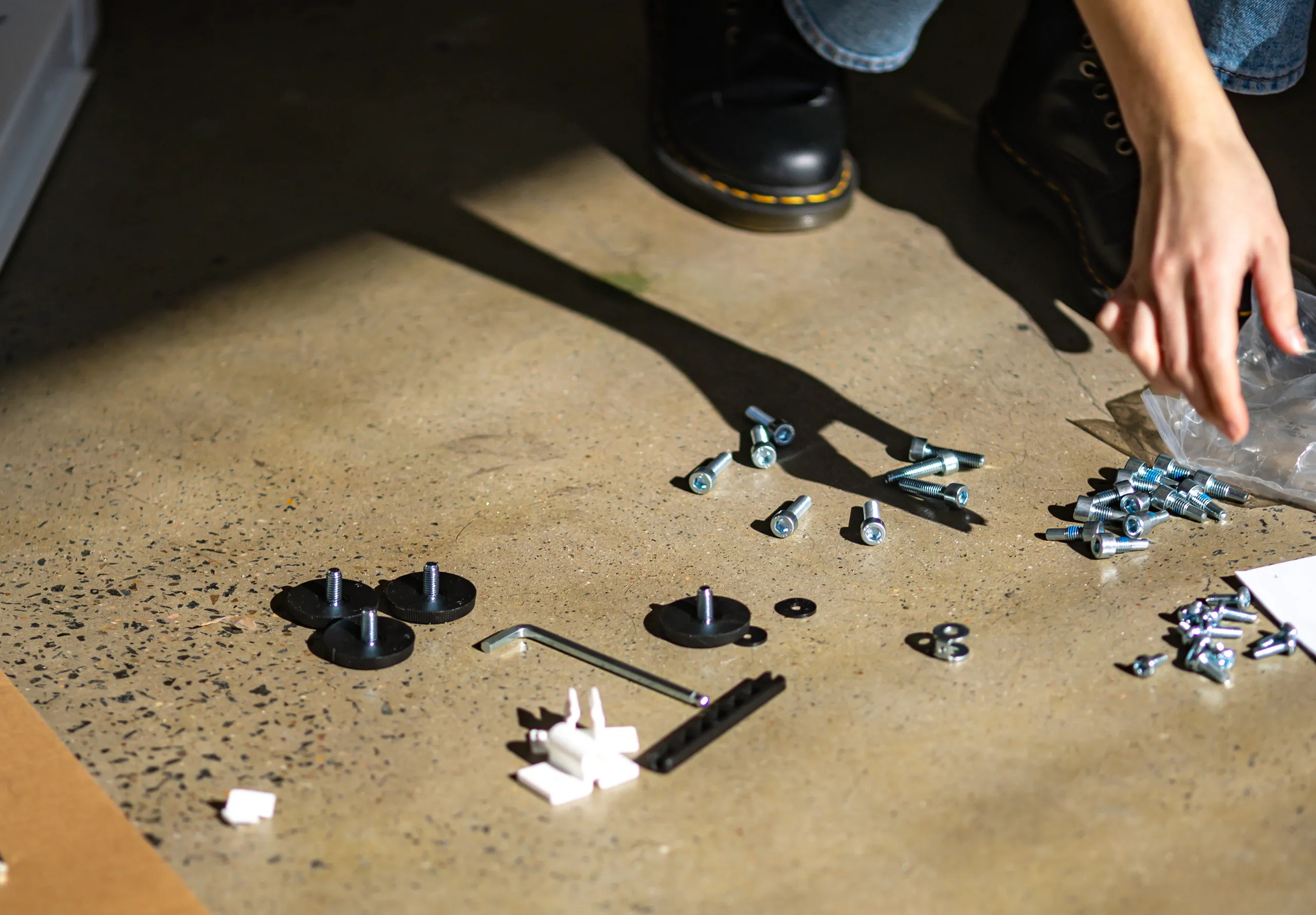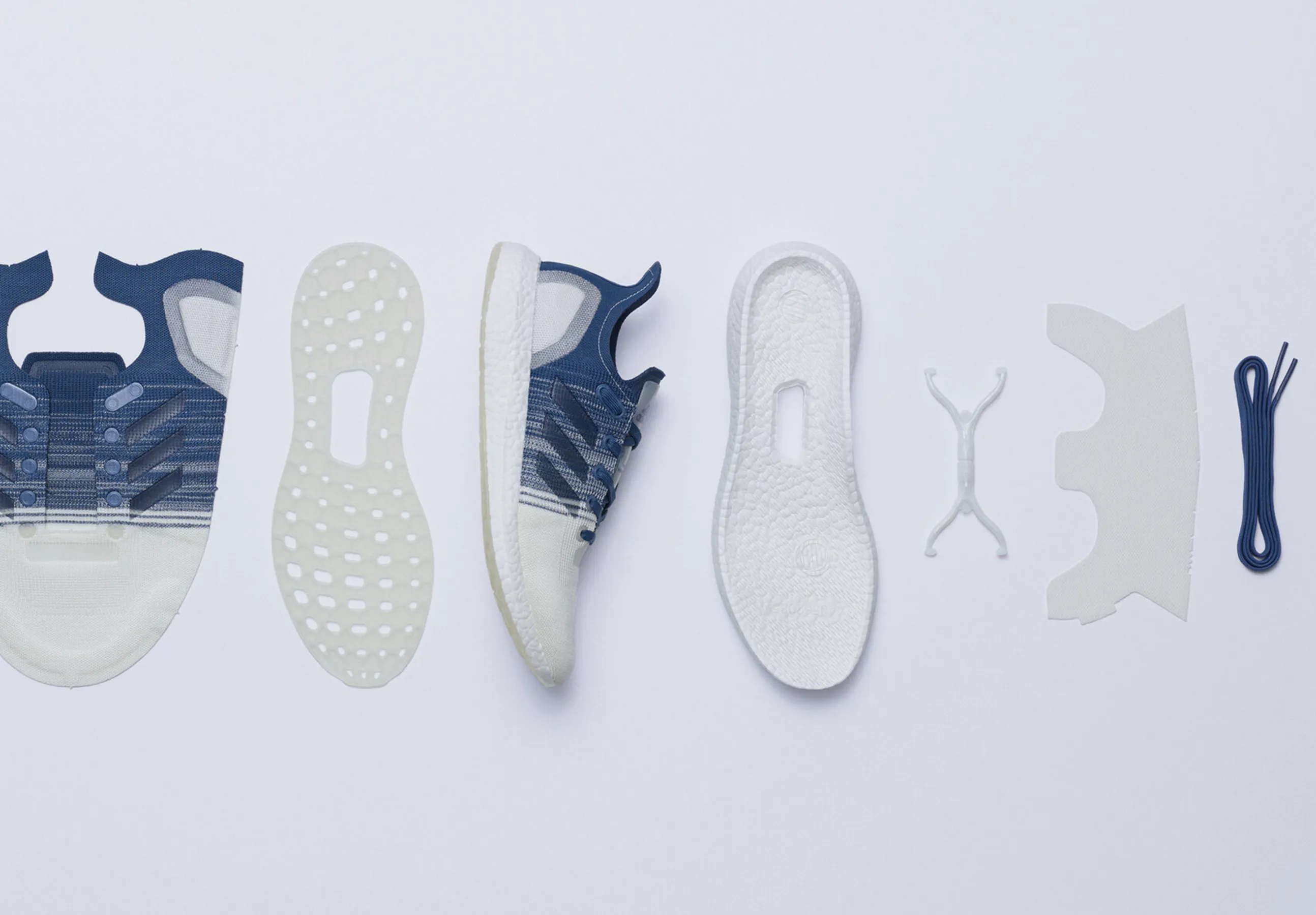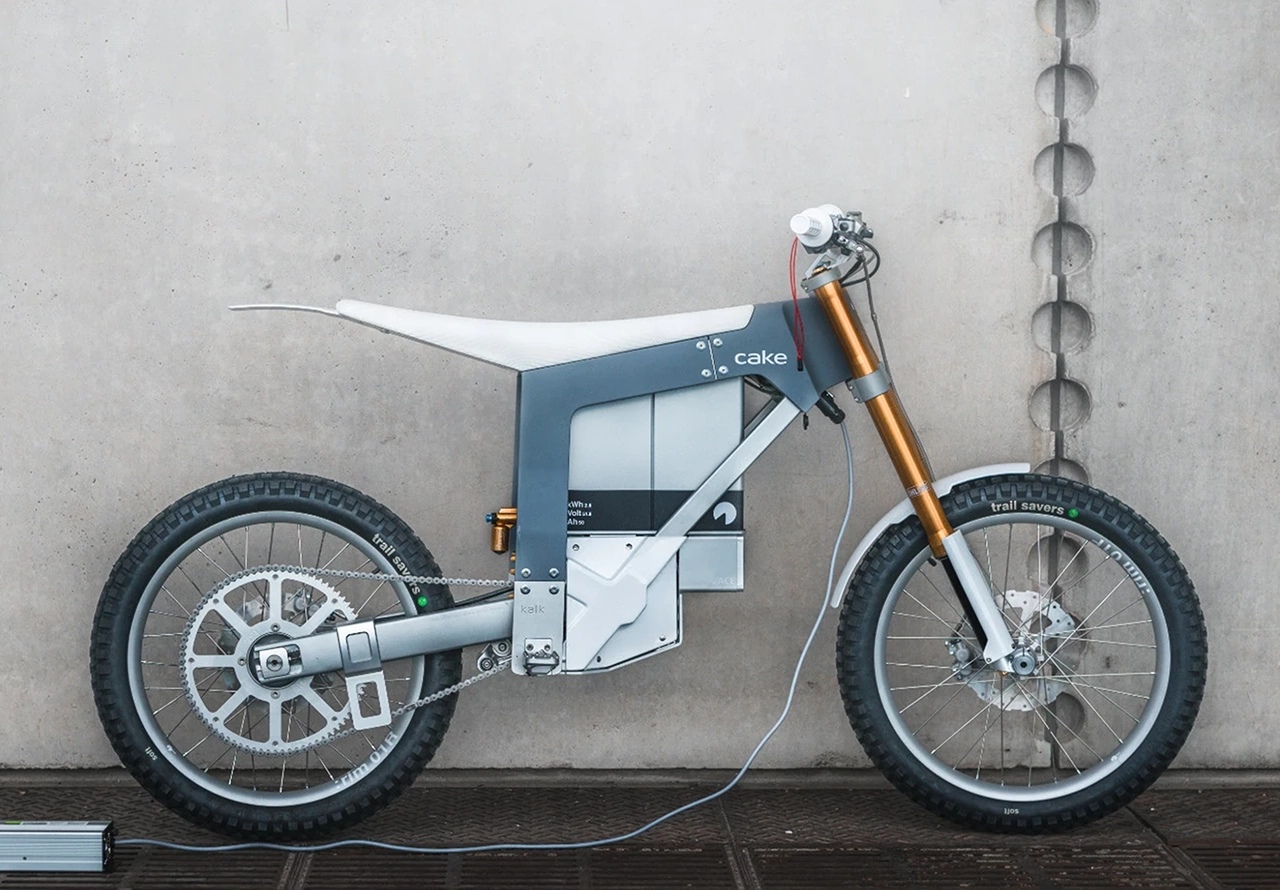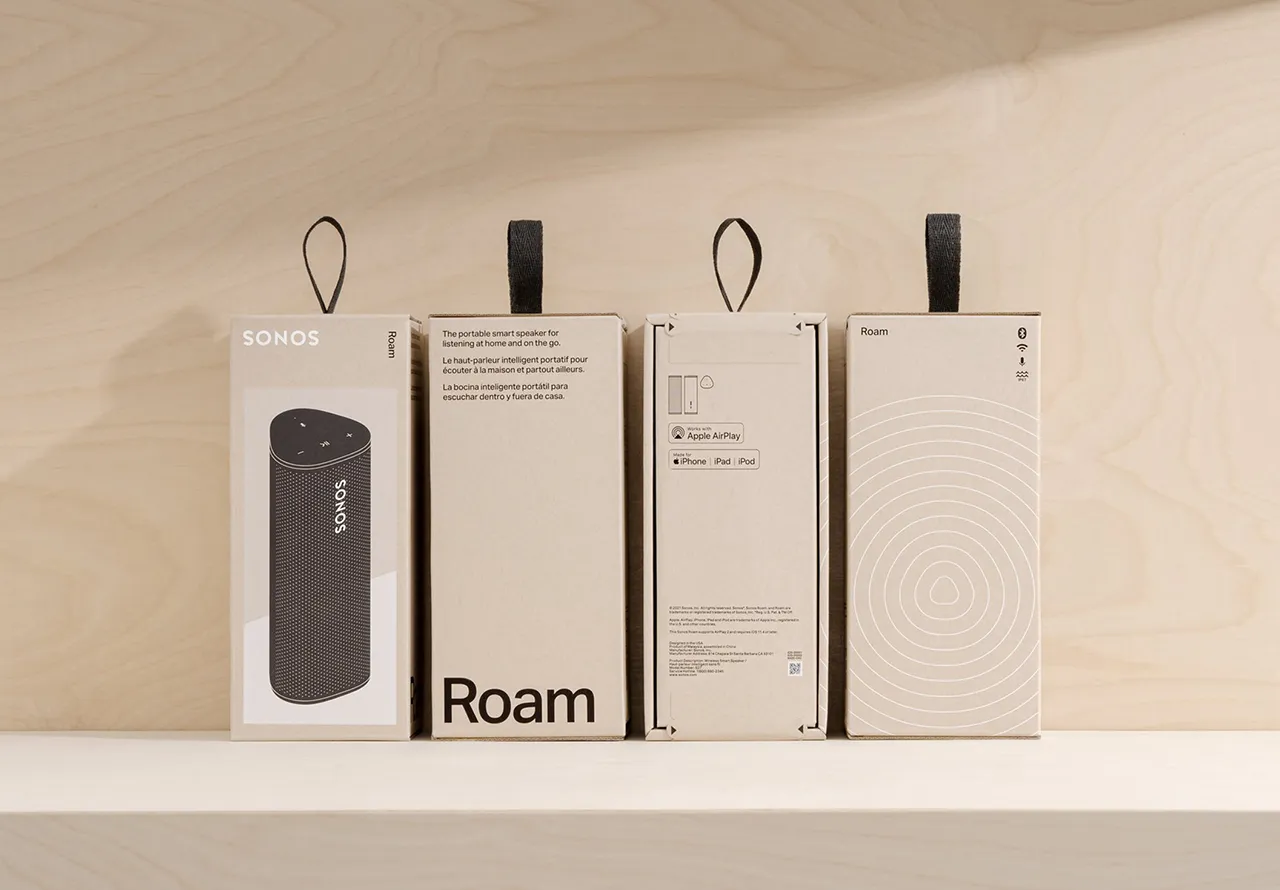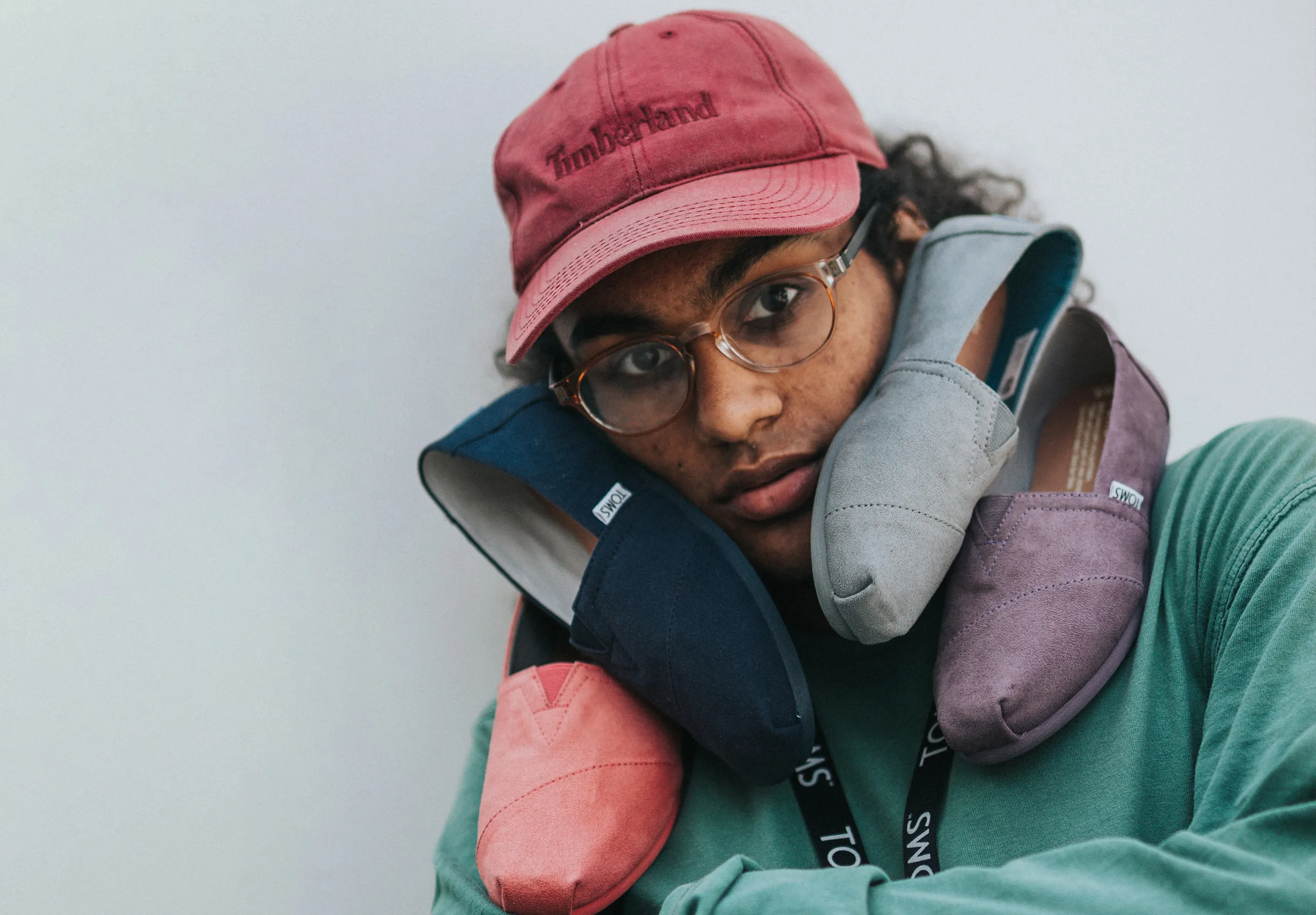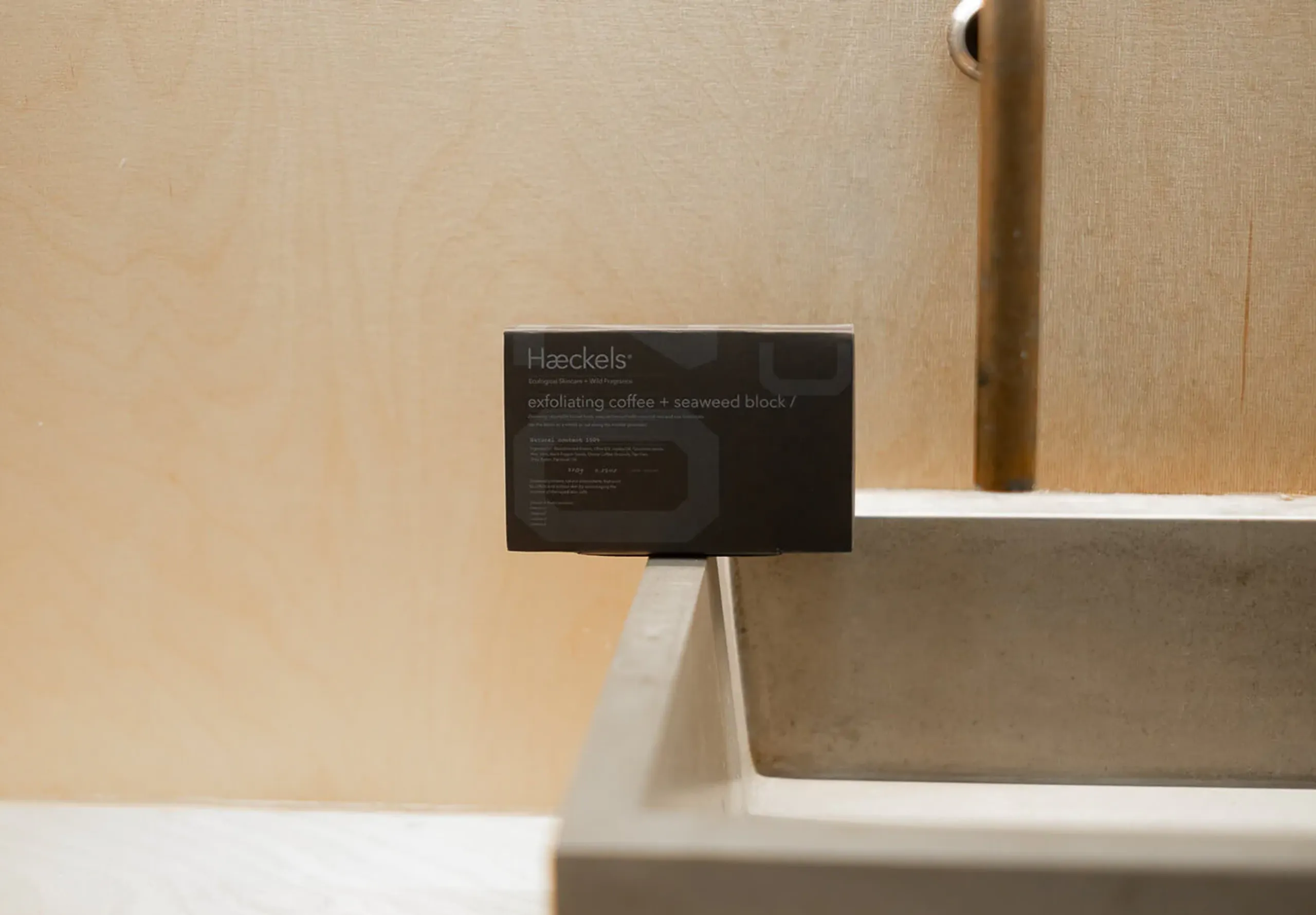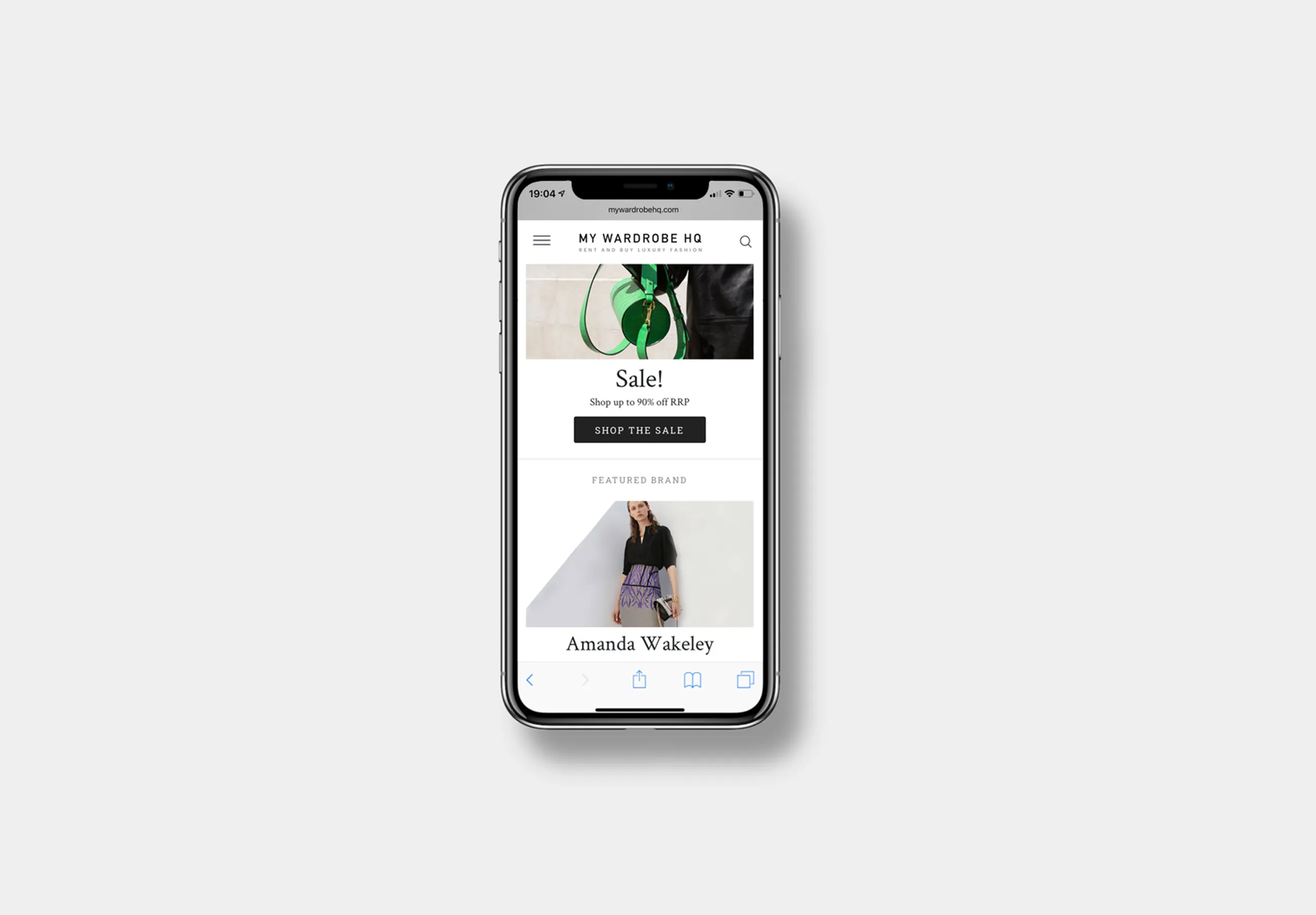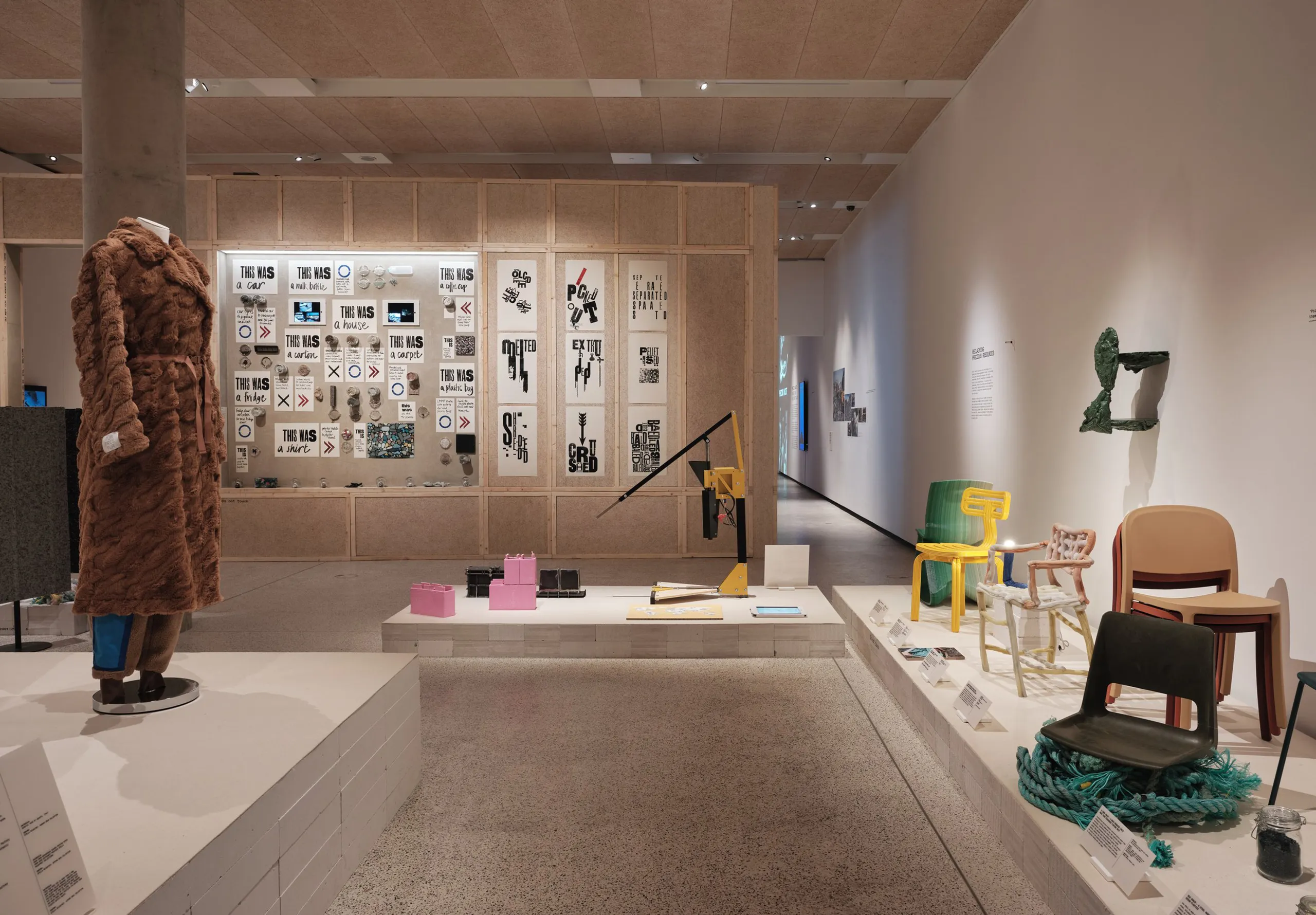The future is circular!
Adopting a circular approach that minimises waste and keeps resources in use for longer is vital for a more sustainable future.
In this piece, we provide a primer on how to transition your design-led brand to the circular economy, featuring a host of brand successes and key tips to keep in mind.
(12 minute read)
Short on time? Use these links
The linear economy is failing us
There are two levers that turn the wheel of production: linear and circular economy.
The linear economy, as you might expect, goes one way only. Raw materials are taken from the Earth to create products that are thrown away after use.
When we look at the most commonly used business model within FMCG, tech products, soft and hard goods, the models fall straight into the linear trajectory. In this system, value is created by producing and selling as many goods as possible.
In a circular economy, products are designed for durability, reuse and remanufacture, allowing materials to circulate for as long as possible.
Although this model aims to tackle the global challenges of climate change and pollution, it promises new profit opportunities, reduced costs from lower material requirements and deeper relationships with customers.
Today, the “linear” approach to designing is increasingly considered as “bad design.” It’s a method many of us still gravitate towards, and yet one we can clearly see negatively impacting the poorest countries and all of our ecosystems.
“We are on a highway to climate hell with our foot on the accelerator.”
These damning words from the UN’s Secretary General at COP27 say it all.
At the rate we’re going, we’ll be discarding in excess of 100 million tonnes of electronic devices globally per year by the 2030s. Even Arctic sea ice — which is far removed from most major metropolitan areas — is no longer plastic-free.
A devastating realisation, but not a wholly surprising one.
Today, only a small window of opportunity remains for us to use the tools at our disposal to make a difference in the fight against climate change.
Why linear is broken
The traditional model that transforms raw materials into products to be used and discarded has ruled supreme since the days of the Industrial Revolution. Profit is the only goal of the linear economy; ecological consequences are rarely considered in the name of productivity.
But in the face of the growing climate crisis, the linear model and its “take-make-waste” ethos is no longer viable.
Increasing energy demands
Firstly, the extraction and collection of raw materials demands high energy and water consumption. Additionally, plastic processing and manufacturing releases toxic substances in the air, impacting the Earth’s climate and causing severe health issues.
In Europe, the manufacturing industry emits an annual total of 880 million tonnes of carbon dioxide, making it one of the largest emitters of greenhouse gases on the continent.
Ever-growing landfills
Finally, the accumulation of waste from accelerated production and consumption sees landfill sites overflowing with rubbish, releasing methane, carbon dioxide and other gases that contribute to climate change.
If that wasn’t bad enough, the growing demand for landfill sites threatens our wildlife by taking over their natural habitats. Already, the US has lost 1,800,000 acres of land to 3,000 active landfill sites.
Material shortages
In addition to the damage caused by the linear economy to the environment, this model also jeopardises the supply of materials. Data collected from the last few years shows a direct correlation between material price and shortages, with both plastic and silicone increasing in price by 10–20%. With growing inflation, these prices are only set to continually rise.
Want to avoid material price fluctuation?
Fortunately, businesses don’t have to be at the mercy of fluctuating material prices. By transitioning to a circular model that relies on resources already in use, businesses could halt the constant rise of costs and gain more predictability.
How is the circular economy different?
The Circular Economy and Regenerative design methods are holistic people, planet and society-centric methods of design thinking. Unlike linear, which prioritises profits irrespective of the product life cycle, the circular economy targets sustainability by closing the cycles of raw materials.
Protecting the planet
At its core, a Circular Economy aims to design out waste. Waste becomes the new raw material, and products are designed for a cycle of disassembly and reuse. Instead of heading for landfill sites, materials are fed back into the manufacturing process. In turn, carbon dioxide emissions are slashed significantly, slowing down the effects of climate change:
“For Europe, shifting to a circular economy could halve carbon dioxide emissions by 2030, while the UK alone could reduce emissions by 7.4 million tonnes per annum by keeping organic waste from landfill.”
— Ellen MacArthur Foundation
This goes much further than recycling, requiring businesses to rethink the way value is created, adapt their business models and integrate sustainability at the start of the design process.
Meanwhile, the use of Circular Design thinking pushes for the entire design process, product manufacturing and use to be accounted for and aligned to a cyclical and material recapture process. It incorporates and allows for the growth of regenerative design and renewable materials to flourish, rather than reliance and use of finite materials.
Supporting people
It’s not just the environment that stands to gain from circular design.
Alongside the positive impact on the environment, there are multiple, and often unconsidered, advantages to consumers and the local economy:
1/ Lower costs for consumers
With the spend on raw materials reduced and no need to pay off plastic taxes, businesses working within a circular/regenerative model will eventually pass on cost savings to their customers.
In fact, according to data from the Ellen MacArthur Foundation, the FMCG sector could have net material cost savings of roughly $700bn per annum, with sectors like packaged foods, beverages, and apparel benefiting the most.
2/ Greater importance on consumer satisfaction
In a circular economy, the consumer has a higher value as they are integral to the process of keeping the products within the cyclical motion of the circular economy.
Customer satisfaction has to have higher importance, and businesses will need to hold a better rapport as they will need to have multiple points of dialogue throughout the product’s lifetime — not just at the point of purchase.
3/ Economic prosperity and resilience
The circular economy has been estimated at a net value of 4.5 trillion, by 2030 — this amount of worth will grow as years go on and material scarcity increases.
“New jobs and high growth is essential for creating strong resilient economies, and the circular economy has been predicted to generate savings of USD 200 billion per year and create 700,000 net additional jobs by 2040.”
— Ellen MacArthur Foundation
Growing profits
Ultimately, making green choices has to make business sense for brands.
While we’ve only scratched the surface of the potential the circular economy holds, it’s already clear that Designing with Regenerative and Circular principles will open up new business doors, and offer new growth opportunities.
Remember — sustainability in the last five years has come about as a vital value driver for business. The list below showcases commonly found commercial value through transitioning products and services towards the Circular Economy.
1/ Increase revenue
Designing businesses, products and systems for circularity will ultimately make systems cheaper in the following years.
A key example can be seen through Philips’s 2019 revenue — 13% being accounted for through its revenue from circular solutions. This is a building movement — Philips now offers a circular diamond program, and is transitioning more products towards a circular economy.
2/ Strong consumer-to-brand relationship
Given the growing consumer appetite for purpose-driven brands, having products aligned to sustainable practices has become a competitive advantage.
Through the use of regenerative materials within packaging solutions, brands like Haeckel’s build trust in consumers to buy into the business ethics alongside just the product, creating long-lasting customer relationships.
3/ Increase competitiveness
A recent study from Nielsen found that 81% of global customers feel strongly about companies’ need to implement programmes that improve the environment.
On that note, having product systems and design thinking on design for circularity and regenerative, such as; material recapture, remanufacturing of products, designed for right-to-repair, will place the integrity of the brand on a new level than that of its competitors.
4/ Eliminate risk
Alongside eliminating excess waste going to landfill, going ‘green’ reduces investment risk through, decoupling economic growth from resource consumption, diversifying business models, and allowing businesses to better anticipate stricter regulation and changing customer preferences. The ability for businesses to be implemented through a lean model, aligned to current world needs and challenges, will inevitably lower risk in the long-run.
5/ Boost economic growth
It sounds too good to be true, but the far-reaching benefits of the circular economy are no fairytale.
“By moving to a circular system where reuse of materials is prioritised, Europe alone could cut resource costs by £420 billion and achieve further benefits worth £860 billion a year by 2030.”
— Business Growth Hub
Addressing the barriers to adoption
As with all change and transformation, push-back is inevitable. In the case of the circular economy, there are multiple reasons why many brands have yet to make the transition.
The most common barriers include:
1/ High start-up costs
Investing in new equipment, new business models, potentially new branding and a new marketing strategy can all add on the extra costs which often steer businesses away from the circular economy.
2/ Complex supply chains to navigate
Setting up and sourcing new suppliers will inevitably require time and come with cost associations. Further, timings have to be well thought through to ensure a smooth transition between old and new suppliers.
3/ Gaining cooperation from Business-to-business (B2B)
For a circular economy system to work, all partners and businesses linked need to be on the same page, to ensure all sustainable initiatives are understood and implemented. This can sometimes be challenging to explain the importance and crucial need of these new changes to partnered businesses and services.
4/ Costly and time-consuming disassembly of products
Ultimately, there will be upfront costs and time associated with the disassembly of the products. Welded joints and mixes of unknown materials will inevitably add to the time and cost required for this stage for material recapture. Designing key features, such as design to disassembly, and clearly marked material make-up, are easy wins for abating this headache.
5 things to consider when moving your brand to circular
1/ Forecast for the future
Long-term thinking is needed when changing business from linear to circular as there will be higher initial up-front costs to your business. Looking past these to the benefits the circular economy will reap is key to success. In any case, increased costs are to be expected as material prices become ever-more versatile. This in mind, pivoting toward the CE can be a method of achieving cost stability and forecasting security.
2/ Re-think your business model
Circular business models focus on a different phase of the value chain, either the design and manufacturing phase, the use phase or the value-recovery phase. In other words, the move to a circular business model is a fundamental change which requires a new way of thinking and doing business. By taking a systemic view of your offering, exploring new technologies and advance design approaches such as design for repair or remanufacture, additional value could be created.
3/ Have a robust strategic plan in place
To ensure you are cutting out single-use materials, and shifting towards material recapture and or regenerative systems.
4/ Prepare for the pitfalls
From problems securing the right supply chains to ensuring enough time for your new circular business to catch up with demand, it’s essential to plan for hurdles along the way.
5/ Start small
Most importantly, use the circular-’ish’ approach of small stepping stones to pivot your business and products toward the circular economy.
The future is circular
On a planet with finite resources, wasting valuable materials is clearly counter-intuitive. Even from an economical standpoint, the linear model no longer holds up as the cost-saving profit-pushing system it once was.
On the flip side, the circular economy offers the logical alternative: a sustainable model that serves the planet first while promising substantial net material savings, mitigation of supply risks, increased innovation and job creation for global economies.
Finally, business has reached a point where the future ‘winners’ will be transitioning now towards the circular economy and regenerative ways of practising business. Entire industries are transforming; it’s even predicted that clothing resale will be bigger than fast fashion by 2029.
Today, businesses have a choice: invest in new partnerships and equipment to align with the circular economy, or continue to be at the mercy of rising material prices, growing demand and geopolitical turbulence. To forward-thinking leaders, it’s a no-brainer.
Design for sustainable futures
We’ve been helping brands create demand through design for nearly 20 years. Now, we’re applying that same skillset to create the next generation of exciting and desirable sustainable products.
We partner the sustainable leaders of tomorrow.

